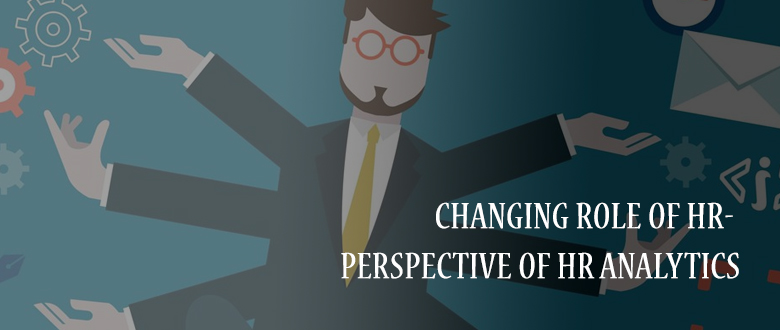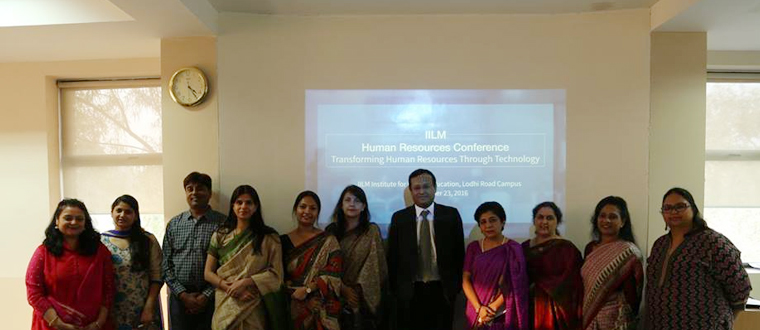Swiss Re, a Zurich-based global re-insurance firm achieved an impressive turnaround moving from a loss of $ 663 million in 2008 to a net income of $4.2 billion in 2012. By 2015 the company aims to generate 20-25 per cent revenues from high growth markets. This requires talented people with right skills and languages as well as agility and passion to perform. In response to this, the company has embraced the 70-20-10 learning and development model to support the targeted business growth. In this model, 70 per cent is geared to learning on the job through rotations and stretch assignments, 20 per cent is focused on learning from coaching and mentoring and 10 per cent is invested in formal training methods such as seminars and e-training. Thus the company is using a range of means to strengthen continuous learning and development with strategic investment and focus on workplace learning.
Today, organisations are working in an environment that is increasingly disrupted by consumers, technology and regulatory shifts. In such a scenario the traditional classroom model of learning is doomed. As a result, organisations are exploring new approaches for employee development that are not tied to the formal structured methods around the classes, courses and curricula model. In part this interest has been driven by economic consideration. Pressures to lower training costs and reduce budgets for travel have been a major factor. But this focus is also driven by the realization that a majority of adult learning occurs not through formal learning but through experience, practice, conversations and reflection in the workplace. Added to this is the emerging appreciation of the important role the context plays in learning. Focus on workplace learning has not been confined to any particular business sector or to specific group of employees but is being adopted across wide range of industries, agencies and government departments.
Rationale for workplace learning
The publication of research and survey data over the past decade indicates that workplace and informal learning offer an effective and efficient solutions to improved workplace performance. People learn 70 per cent of what they know about their jobs informally (Loewensteinn and Spletzer,1996). This has been validated in the body of research in the ensuing years. Capital Works study reports that approximately 75 per cent of the skills employee use on the job were learned informally through discussions with co workers, self study, mentoring by managers and similar methods. Casebow and Ferguson (2010) found that most frequent and effective approaches to learning used were informal chats with colleagues (80 per cent) and on the job instruction from managers and colleagues (45 per cent). Exact percentages may vary from study to study but it indicates the importance of workplace learning . Some of the most critical skills to workplace success, communication, collaboration, teamwork and even technical skills, are cultivated through invaluable and ongoing informal workplace learning: mentoring, coaching, peer reviews and job shadowing.
Coaching and mentoring
Workplace coaching is a collaborative, solution-focused, result-oriented and systematic process in which the coach facilitates the enhancement of work performance and the selfdirected learning and personal growth of individual (Greene & Grant, 2003). Mentoring is an interactive process occurring between individuals of differing levels of experience and expertise which incorporates interpersonal or psycho-social development, career and/or educational development, and socialisation functions into the relationship (Carmin, 1988). Broadly speaking, coaching supports individuals and teams in building skills that increase performance while mentoring is primarily about developing capability and potential. (CIPD,2009). Coaching has a short term focus vis-a- vis mentoring which focuses on long term development.
Most companies position coaching as an investment in high-performers. Individual coaching often focuses on the top layers of the firm. Team coaching is offered using experiential learning such as business simulations and team exercises. Mentoring is offered to emerging talents as a relationship outside the regular reporting line that helps them develop and move successfully through times of change and transition. A more experienced person is matched with another less experienced one and acts as a listener and guide in questions of business and personal development. Interaction with senior managers helps develop a more sophisticated and strategic perspective on the firm and its direction, values and ways of working (Day 2001). Coaching and mentoring help accelerate learning to create impact at the individual, group and business level as they are geared to people and teams with significant involvement in organisational change process (Vera&Crossan,2004).
UK’s Chartered Institute of Personnel Management reports that 51 per cent of companies (sample of 500) ‘consider coaching as a key part of learning development’ and ‘crucial to their strategy’, with 90 per cent reporting that they use coaching. More recent research in 2011 by Qa Research found that 80 per cent of organisations surveyed had used or are now using coaching. According to Toyota’s philosophy, the responsibility to develop people falls squarely on the line manager, not on the HR department or the trainer in the classroom. The next generation is developed through coaching of daily work. Employees are given challenging assignments by managers. The development lies in the stretch between their current ability and the learning they need to go through to complete the assignment successfully. In addition to defining the right stretch to each member, the manager must also coach and support the member throughout the assignment to help him or her succeed, all the while leaving enough room to think, allowing mistakes and using each one as a stepping stone to development.
Companies like Smithkline Beecham, Cadbury, Hewlett Packard, Mckinsey & Co, Infosys to name a few are using mentoring to develop their employees from initial stage Mariott International and Bank of America have formal mentoring programmes. Here, more senior professionals and mangers team up with less experienced protegees with the aim of assisting the protegee to improve their performance and career progress. The accounting firm KPMG made ‘online mentoring program’ part of its employer of choice initiative . Nestlé has launched several mentoring schemes at different levels in the organisation. Credit risk company Experian has since 2008 been running a global talent development forum and internal mentoring initiative the Experian Business Network for its high potential and diverse emerging talent.
Benefits of coaching and mentoring
Coaching and mentoring help employees to
► To adjust to the culture in an organization: The Coach/Mentor can provide the new worker with information on the corporate culture, organizational structure and procedures that will help the younger professional settle into his role in the business.
► Help in employee growth and development: Coaching and mentoring programmes provide the mentee with real-world knowledge that bridges the gap between educational theory and actual business practices.
► Those serving as coaches and mentors within an organization gain personal and professional satisfaction by sharing their expertise with other employees.
► A supportive atmosphere can improve employee morale and loyalty, thereby helping to reduce turnover and boost productivity.
► Companies can align the goals of the business with a mentoring programme to gain a competitive edge.
Conclusion
Coaching and mentoring, whether formal or informal, provide a simple and cost-effective way to enhance enterprise learning and provide direct and specific learning and development to employees. They help employees improve their essential skills, reinforce strong relationships among employees, support a learning culture in the workplace, and increase productivity.





